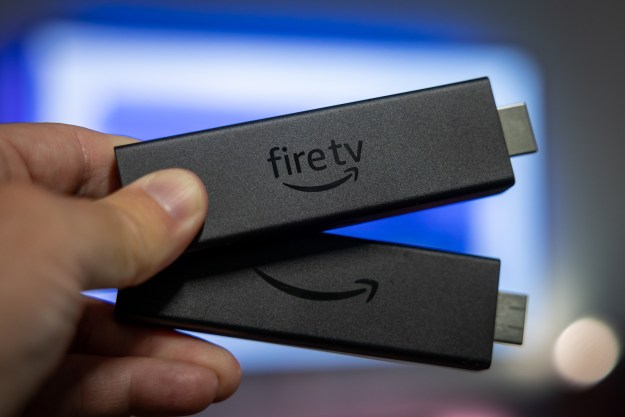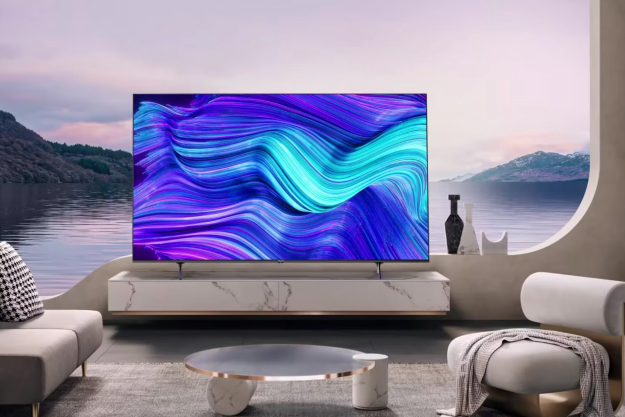
Related: Netflix makes last plea to FCC for Net Neutrality, calls out Comcast and Verizon
The way Netflix sees it, the proposed merger would grant the newly minted Comcast/TWC beast “the ability to turn a consumer’s Internet experience into something that more closely resembles cable television.” The combined entity, Netflix contents, would have both the incentive and capability to cripple Internet companies such as online video distributors (OVDs) by charging access fees at interconnection points, among other nefarious methods.
Netflix has determined there to be four ISPs with substantial enough market power to engage in “degradation strategies” (the deliberate slowing/destabilization, or “throttling,” of a particular service’s content delivery) to harm OVDs. Though not explicitly expressed, the four the company refers to are almost certainly Comcast, TWC, Verizon, and AT&T (all of whom it has been compelled to pay in exchange for boosted streaming speeds). One half of those four are looking to merge into a single entity, a move that Netflix contends would allow the resulting colossus to engage in a variety of “foreclosure strategies” and make it harder for video streaming sites to provide its services to subscribers.
In its filing this week, Netflix notes that “OVDs are particularly vulnerable to congestion and degradation of their services, owing to the myriad video providers available to consumers, the low cost of switching OVDs, and the sensitivity to congestion of video-streaming traffic.”
Related: AT&T files for its $48.5 billion merger with DirecTV
The kicker is that while consumers disappointed with a particular video streaming service can simply unsubscribe and enroll in another service on the cheap, the same can’t be said of service providers such as Comcast and TWC – it’s often costly or near-impossible to disconnect their service (cue the Comcast customer service rep who wouldn’t take no for an answer). Among other things, these factors could clear the way for insidious business tactics. Netflix alleges that Comcast sold customers who wanted access to high-quality Netflix video a more expensive broadband package even as it knew that a higher-speed plan would do nothing to address the streaming quality.
Create problem, charge customers more to “fix” the problem, then proceed to not fix the problem. Rinse, repeat. At least that’s how Netflix sees it.
But the full-blown implications of such a merger extend far beyond the online video-streaming realm and into just about every one of the Web’s nooks and crannies. The resulting Comcast/TWC colossus’ control over interconnection arrangements, along with such a substantial size increase, could allow it to inject itself into all aspects of Internet commerce.
The fear expressed by Netflix, and many other consumer advocates, and corporations alike, is that such a massive media giant would be able to use its massive influence to disrupt innovation and suck funding away from small-scale ISPs and cable providers.


